Discover the Past: Amazing Dinosaur Facts You Never Knew About
Table of Contents
Introduction
Dinosaurs have filled generations’ imaginations by colossal skeletons inspiring awe and wonder. Such magnificent creatures that once roamed the Earth many years ago are more than relics of the past; they represent a world altogether different from ours. Recent scientific discoveries have shed new light on ancient beings, unveiling fascinating and surprising facts.
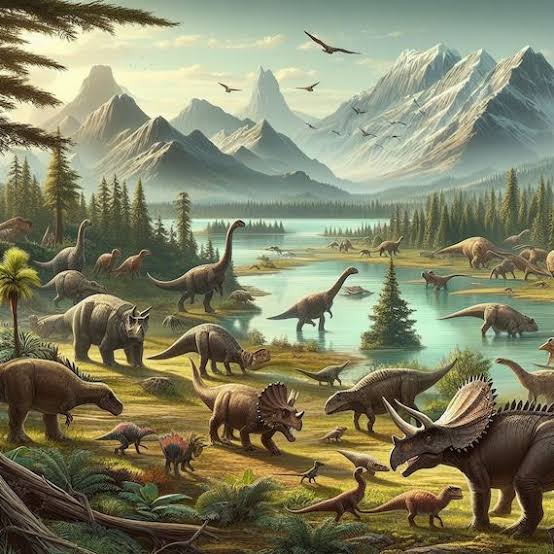
The Age of Dinosaurs: Mesozoic Era
The dinosaur age was from about 252 to 66 million years ago. This period is categorized into three distinct periods: the Triassic, Jurassic, and Cretaceous.
Triassic Period
The Mesozoic Era was characterized in the form of a system known as the Triassic. The continents of Earth were joined together during this period in what is referred to as Pangaea. The region was nearly hot and dry, and at this point, the first signs of dinosaurs started to emerge.
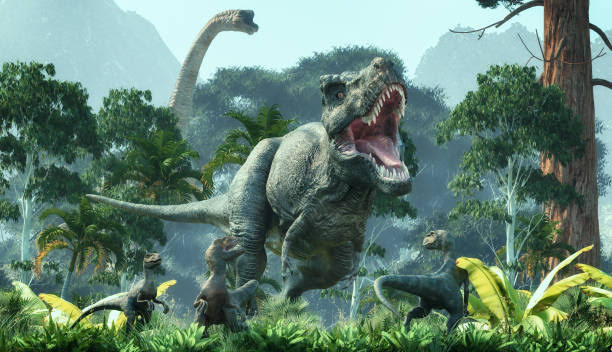
Jurassic Period
What came next was the Jurassic, a time when dinosaurs actually began to rule on earth. It was a more moist and wet climatic period, and complete bore forests and rich plant life characterized it. Of course, this is the time many remember fantastic dinosaurs-the enormous Brachiosaurus, the ferocious Allosaurus and so many more.
Cretaceous Period
The Cretaceous period, the last of the Mesozoic Era, was even more diversified with species of dinosaurs. Flowering plants first began and the continents started breaking apart to take on their forms now established. It ended with a cataclysmic extinction that wiped out the dinosaurs to pave way for the rise of mammals.
Variations of Dinosaur Species
Dinosaur types vary greatly in size and shape, ranging from the tall-giants to the tiny agile dinosaurs. They occupy all walks of life: some herbivorous while others carnivorous, filling different ecological niches.
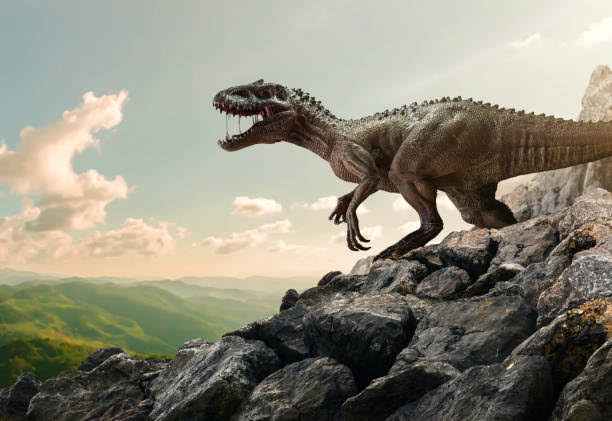
Herbivorous vs. Carnivorous
Sauropods are significant herbivorous dinosaurs with long necks, feeding on the abundant plant life. The Tyrannosaurus rex, the great predator of its time, hunted other dinosaurs and scavenged.
Lesser-Known Species
Yet most people know T. rex and Triceratops. It’s amazing how many lesser-known species are just as stunning. The little Compsognathus, for instance, stood as small as a chicken. Then there’s the Ankylosaurus, with the long, club-like tail-perfectly shaped to have defended the creature against predators.
Feathered Dinosaurs
Perhaps one of the most fascinating discoveries in this field is that of feathers on dinosaurs. Creatures like Velociraptor probably had feathers on them, closer to modern birds than one had imagined.
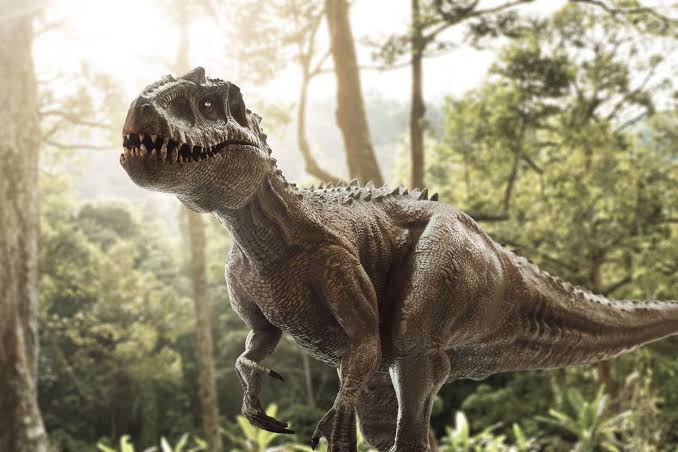
Dinosaur Anatomy and Adaptations
Dinosaurs manifested different anatomical features and adaptations to enable them live and compete favourably in their different environments.
Variations in Bone Structure and Size
Dinosaur bones significantly differ in size and structure. The biggest of the dinosaurs were the sauropods; they had long necks and tails, while column-like, massive legs supported them. Theropods, like T. rex, had powerful legs for running and tiny forelimbs.
Special Adaptations
Some of the dinosaurs had excellent adaptations. In particular, the Stegosaurus had a row of bony plates running down its back, which probably was used to regulate its body temperature or to act as armor. The Triceratops possessed its large bony frill and three facial horns for protection and show purposes.
Sense Capabilities
Dinosaurs also varied in their sensory capabilities. A good eye would assist the predator, T. rex, in hunting, and presumably good smell was important for herbivores in finding food and avoiding predators.

Behavior of Dinosaurs
The behavior of dinosaurs is hard to understand; however, the evidence of fossils does provide great insights into how these creatures lived.
Social Structure and Herd Behavior
Evidence also shows that most dinosaurs, particularly the herbivorous, appear to have lived in herds. Dinosaur trackways preserve evidence of groups of dinosaurs moving together that may have given them some protection from predators.
Nesting and Parenting Behavior
Some dinosaurs, such as the Maiasaura, had complex nesting behaviors. Fossilized nests and eggs indicate that these dinosaurs cared for their young, a behavior somewhat like that of modern birds.
Hunting Strategy and Diet
This group of theropod had various hunting techniques. Fossil record says that Velociraptor animals hunted in packs, and T. rex, which hunted alone, most probably used ambuscade methods.
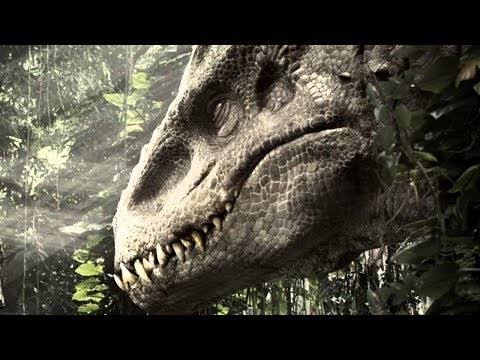
Dinosaurs and Their Habitats
Dinosaurs inhabited various habitats, from dense forests to arid deserts, each of which shaped their evolution.
Ancient Climates and Ecosystems
There were also great climatic shifts during the Mesozoic Era. The Jurassic was warm and humid with rich vegetation, but the Cretaceous had many different habitats, including deserts and coastlines.
Continental Drift and Habitat Changes
The gradual drift of the tectonic plates also led to the breakup of Pangaea, thereby forming new and isolated continents and ecosystems. Isolation by geography played a great role in the divergence of unique dinosaur species in the various regions.
Plant Life of the Mesozoic Era
Mesozoic flora is largely comprised of conifers, ferns, and cycads. The advent of flowering plants in Cretaceous brought along a novel source of food for herbivorous dinosaurs and shelter as well.
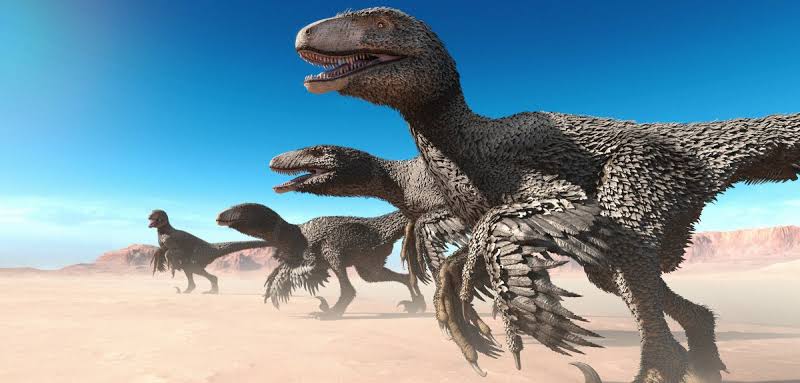
The Mass Extinction
The sudden vanishing of dinosaurs toward the end of Cretaceous period may be perhaps the most enigmatic unsolved mystery within the paleontology purview.
Theories Regarding Dinosaurs Extinction
Several theories are given to explain the mass extinction event. Of these, the most generally accepted is associated with the asteroid, though volcanic activity and climate change may have all contributed.
Effects of the Asteroid Theory
The asteroid impact theory postulates that an enormous asteroid struck the Yucatán Peninsula in Mexico, creating the Chicxulub crater. Dust and debris thrown up by the impact then blocked sunlight, causing drastic climate change and ecosystem disturbance.

Other Contributing Factors
In addition to the shock of an asteroid, there was massive volcanic activity in the Deccan Traps of India that vented huge amounts of volcanic gases, which added to climate change, and stressed the environment.
Fossil Discoveries and Their Significance
Fossils are the only primary evidence that can be used to reconstruct the dinosaurs and their world.
How Fossils Are Made
Fossilization is a rare process. Organic material becomes rapidly buried under extreme pressures for millions of years. Bones and teeth, as well as footprints, can become fossils.
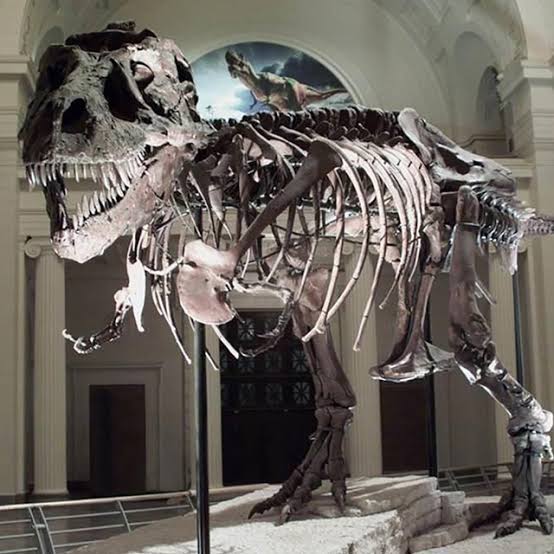
Important Fossil Finds
Major fossil finds that have greatly increased our understanding of dinosaur diversity and evolution include the first T. rex skeleton and the feathered Archaeopteryx.
What Do Fossils Tell Us About Dinosaur Life
Fossils offer rich information on the anatomy, behavior, and environment of dinosaurs. For example, fossil contents in the stomach provide information on their diets, and trackways show the pattern of movement.

Role of Modern Technology in Paleontology
Modern technology has evolved paleontology because it enables people to reconstruct dinosaurs in finer and much clearer detail.
.
The application of Modern Technologies in the Discovery of Dinosaurs
Modern technologies, such as satellite imagery, enable researchers to locate sites suspected to harbor fossils, which thus serves to reduce the drudgery involved in actual digging.
CT Scans and 3D Modeling
CT scans and 3D modeling enable paleontologists to visualize fossils in exquisite detail, recreating bones and even soft tissues without damaging the specimens.
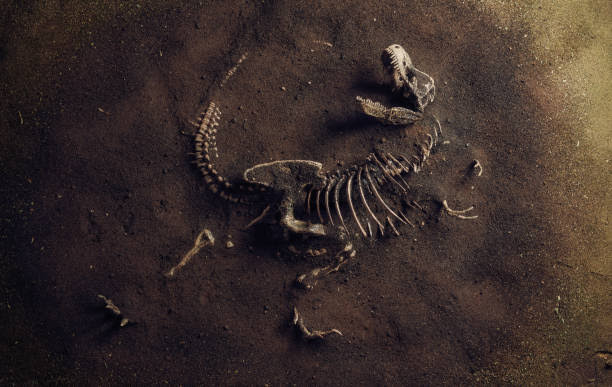
DNA and Protein Analysis
The retrieval of dinosaur DNA remains largely a theme for novels. However, researchers have recently discovered proteins in dinosaur fossils that may provide valuable information regarding their biology and possible evolutionary relationships.
Dinosaurs in Popular Culture
Dinosaurs’ Impact on Popular Culture Dinosaurs have left an indelible mark in popular culture, from films to the classroom.
Movies and Media Dinosaurs and Movies
Movies like “Jurassic Park” brought dinosaurs into celluloid life. This has reached mass audiences and generated interest in paleontology. Although not always scientifically correct, these depictions still hold a great amount of cultural power.

Public Perception
Popular perception of dinosaurs as mirrored by media creates an image of ferocity and massive size. However, it also creates the urge to know more about them.
Learning Kinds
The dinosaur exhibits are brought into museums and educational programs to educate people on Earth history, evolution, and the scientific process. This has been instrumental in increasing scientific knowledge and inspiring future paleontologists.
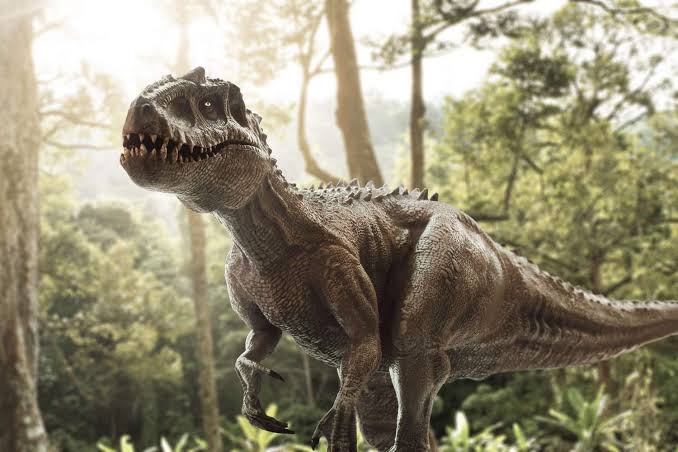
Myths about Dinosaurs
Despite extensive research, there have been a few myths associated with dinosaurs.
Myths Busted :
Some common myths, such as that dinosaurs were slow-moving and stupid, have been busted by modern science. In reality, many were agile, social, and highly adapted to their environments.
Evolution of Scientific Awareness
The last century has seen our conception of dinosaurs change dramatically as new discoveries do not stop at merely ruling out old theories but often replace them.
From the now-drained view that dinosaurs were cold-blooded to the latest evidence of feathered species, science evolves constantly.
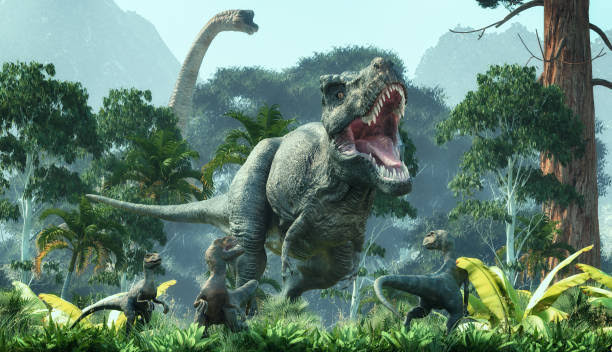
Birds: A Democratic Link to Dinosaurs
But surely, the most exciting knowledge that paleontology can offer the world is the connection between dinosaurs and birds.
Evidence for the Dinosaur-Bird Relationship
Fossil evidence, including the discovery of feathered dinosaurs and comparisons of bone structure, can be cited as facts that positively point out that birds are direct descendants of theropod dinosaurs.
Examples of Modern Birds That Resemble Dinosaurs
Today’s birds, especially flightless kinds, such as ostriches and emus are living fossils that remind one of their dinosaur ancestors.
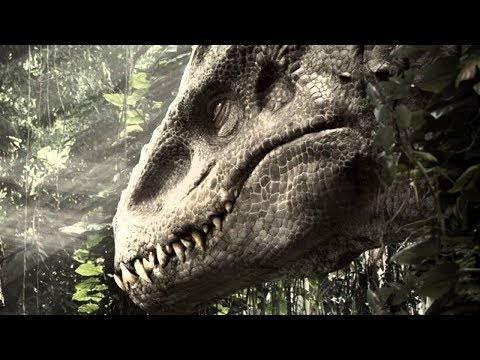
Dinosaurs: Regional Variations
The dinosaurs lived on all continents. The species that were found on each of the continents differed, reflecting the kinds of species adapted to local conditions within their region.
Dinosaurs of North America
There are many dinosaurs specific to North America. Some of the more notable ones are the T. rex and Triceratops. This continent could support a variety of species because of the diversity in environments.
Dinosaurs of South America
South America boasts the greatest dinosaurs ever-had-knower, like the titanic Argentinosaurus. Due to this seclusion, generally speaking, courses evolutionary tracks followed by the inhabitants of this supercontinent were unique.
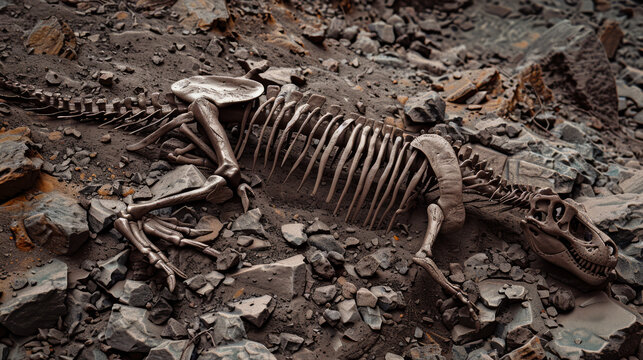
Asia Dinosaurs
Asia has produced some incredible discoveries, among them the feathered Velociraptor. The African fossil record hosts some stunning specimens, such as the gigantic Spinosaurus. Australia’s unique fauna of dinosaurs reflects the long-term seclusion of this landmass from the others.
The Future of Dinosaur Research
Paleontology is a relatively fast-developing field. Ongoing research and new discoveries continue to expand human knowledge about dinosaurs.
Future Expeditions and Potential Discoveries
There are always new fossil sites found each and every day, promising further insights in dinosaur diversity and the process of evolution. The future expeditions will penetrate previously inaccessible areas; therefore, the possibility of the discovery of new species is quite probable.
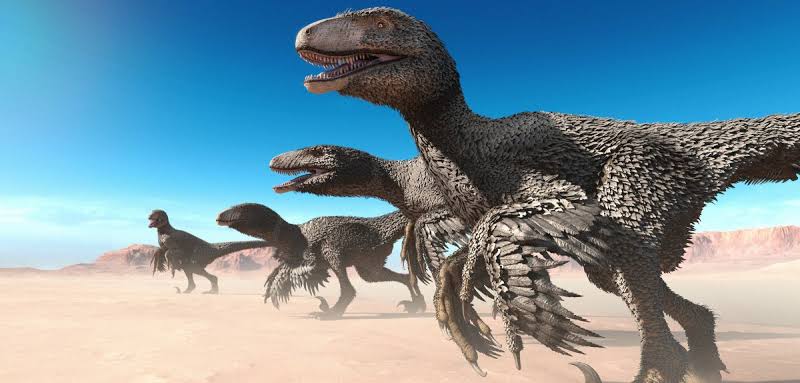
The Significance of Fossil Site Preservation
The safeguarding of fossil sites remains crucial in sustained research as many of the sites are under threat from human activities and thus, the preservation of these sites will ensure future capability to study such ancient treasure houses.
Advances in Paleontological Methods
Developments in techniques, such as isotopic analysis and advanced imaging, offer more detailed information on the lives and environments of dinosaurs, which enables extension of knowledge beyond that acquired from fossils.
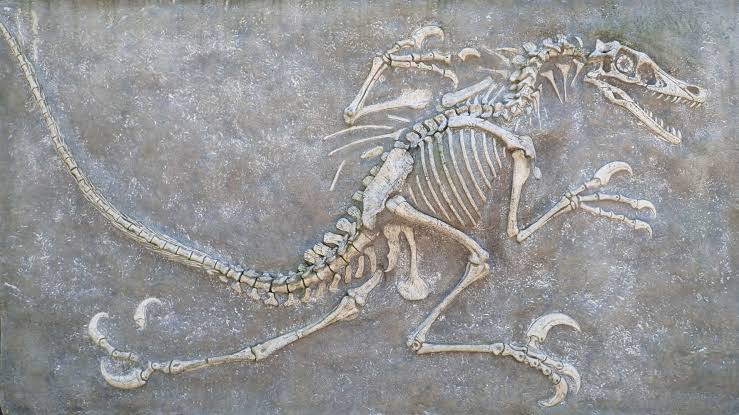
Conclusion
Of course, dinosaurs will remain one of the most thrilling topics in natural history; a story that, day after day, seems to evolve as more are discovered. Beginning with the diversity of species and the mystery of their behavior to their extinction, there’s always something to be fascinated and learned about dinosaurs. And as technology progresses and other fossil sites keep getting discovered, we could only further our knowledge of this magnificent creature.
FAQs
What was the largest dinosaur?
The largest dinosaur was likely Argentinosaurus, a massive sauropod from South America, estimated to reach lengths of up to 100 feet and weigh over 70 tons.
How do scientists figure out how old dinosaur fossils are?
Scientists use several different dating methods, including radiometric dating and stratigraphy, to assess dinosaur fossils. These methods measure the decay of radioactive elements and the layers of rock in which fossils are found.
Do all dinosaurs become extinct?
Non-avian dinosaurs died off 66 million years ago, but it’s descendants, the birds, survived.
How accurate can movie depictions of dinosaurs be?
Movies portray depictions of dinosaurs that often have sensationalism in them and are not necessarily exactly scientifically true, although some films do their best to include the latest scientific findings.
What do we learn from the study of dinosaurs?
So, what can be learned by studying the dinosaurs? It would be beneficial to know how our planet evolved throughout Earth’s history, including evolutionary processes and past climatic conditions. It could also throw light on the biology and behavior of the foregone dwelling organisms.




